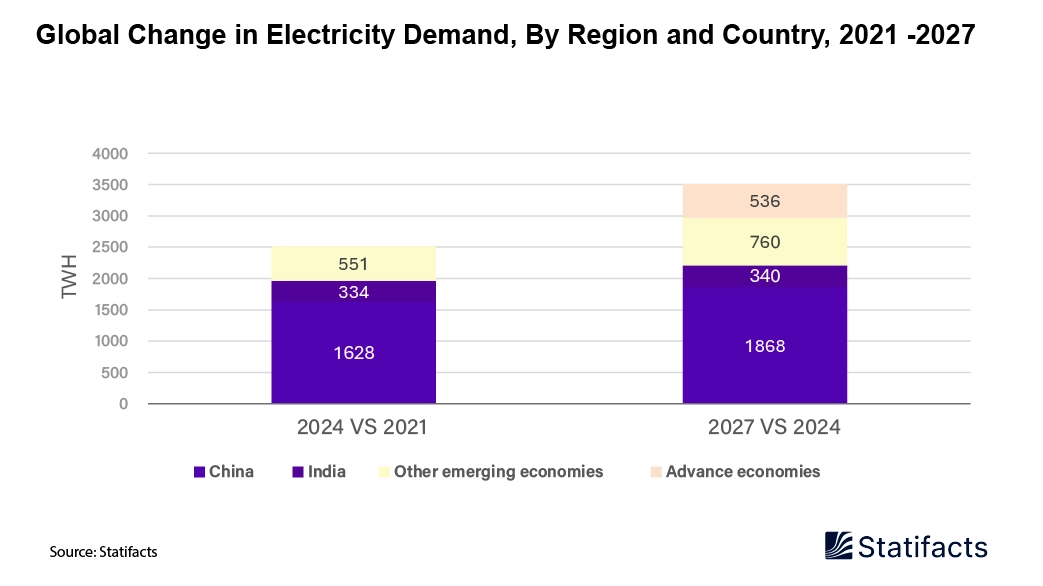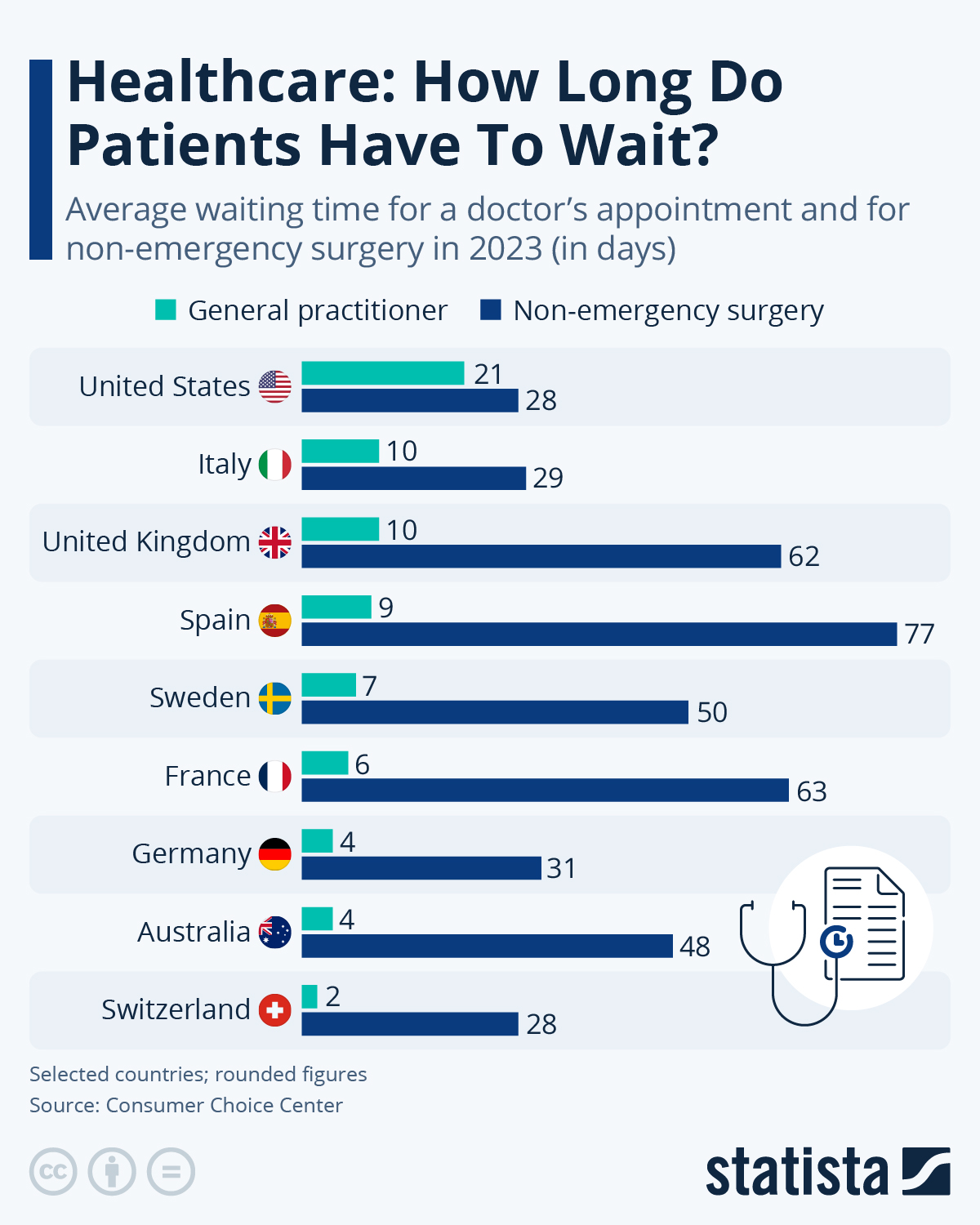
09 May 2025
The International Energy Agency (IEA) projects that low-emission energy sources—primarily solar, wind, and hydropower will account for 95% of the global electricity demand increase through 2027. By 2025, renewables are expected to generate over one-third of the world’s electricity, surpassing coal for the first time. Solar photovoltaic alone is anticipated to contribute roughly half of the overall demand growth during this period.

Global electricity demand rose by 4.3% in 2024 and is forecasted to maintain a growth rate of close to 4% annually through 2027. Over the next three years, worldwide electricity consumption is projected to increase by an unprecedented 3,500 terawatt-hours (TWh)—equivalent to adding more than the entire electricity consumption of Japan each year.

There are many variations of passages of Lorem Ipsum available, but the majority have suffered alteration in some form
URL TO BE USED AS REFERENCE LINK:
Placeholder content for this accordion, which is intended to demonstrate the .accordion-flush class. This is the first item's
accordion body.
Placeholder content for this accordion, which is intended to demonstrate the .accordion-flush class. This is the second item's
accordion body. Let's imagine this being filled with some actual content.
Placeholder content for this accordion, which is intended to demonstrate the .accordion-flush class. This is the third
item's accordion body. Nothing more exciting happening here in terms of content, but just filling up the space to make it look, at least at
first glance, a bit more representative of how this would look in a real-world application.
Do you still any question?
Feel free to contact us anytime using our contact form or visit our FAQ page.
Your contact to the Infographics Newsroom
